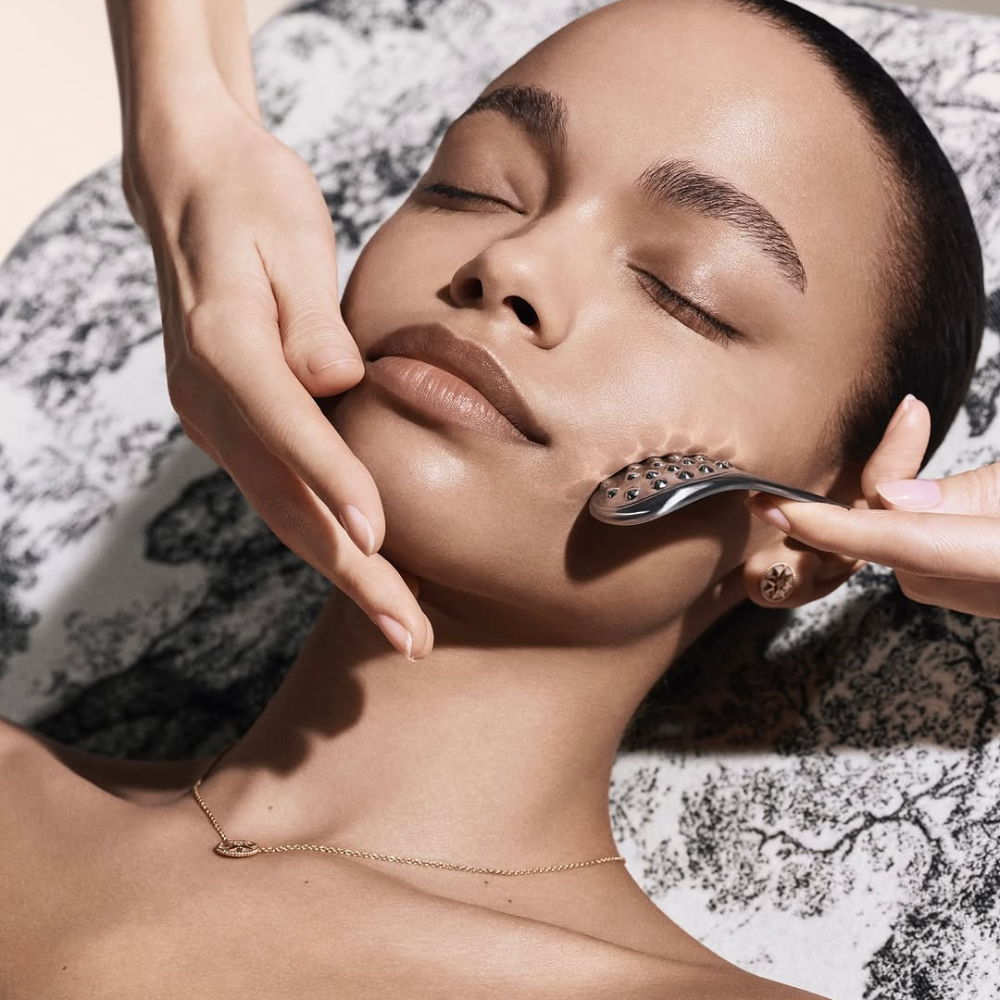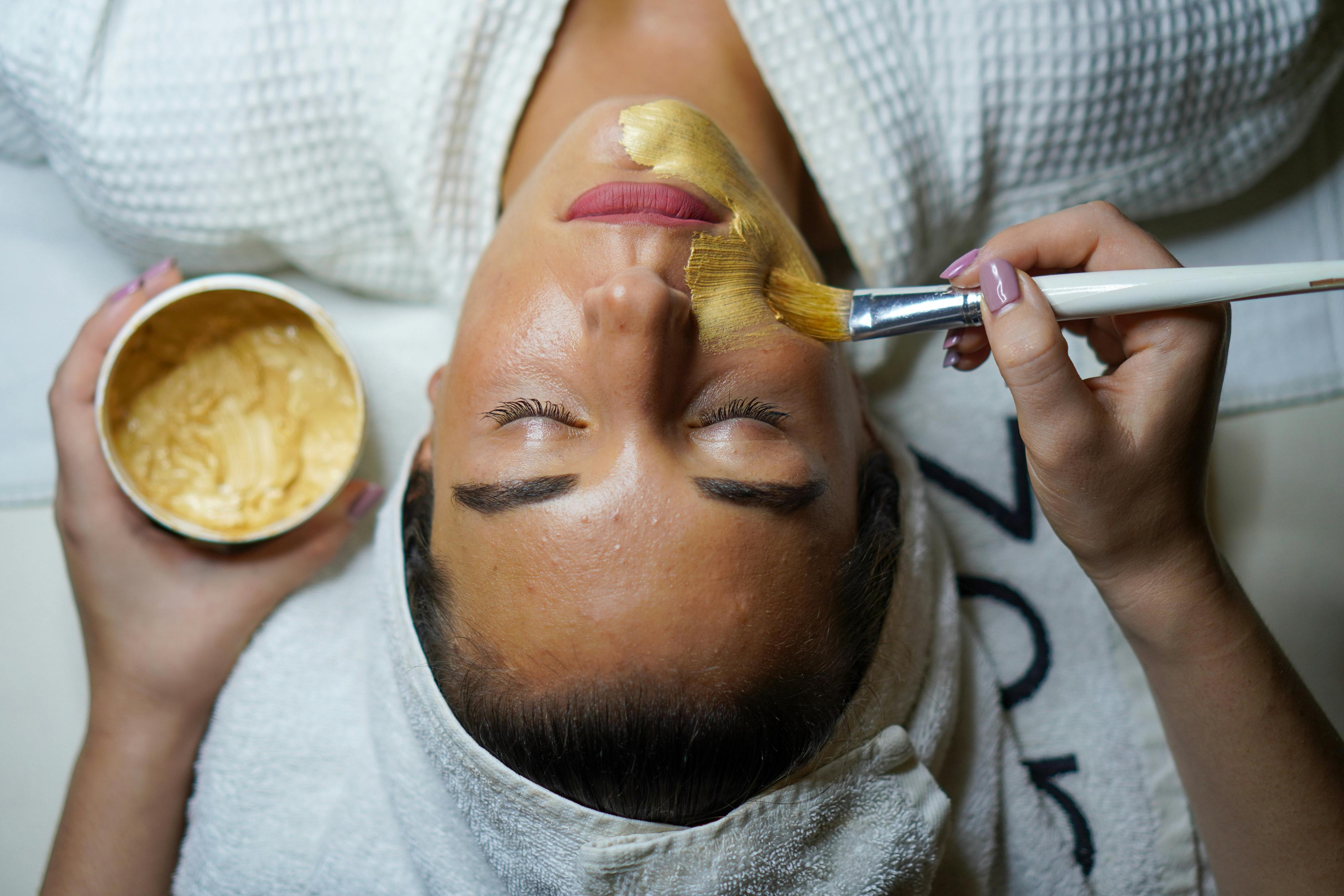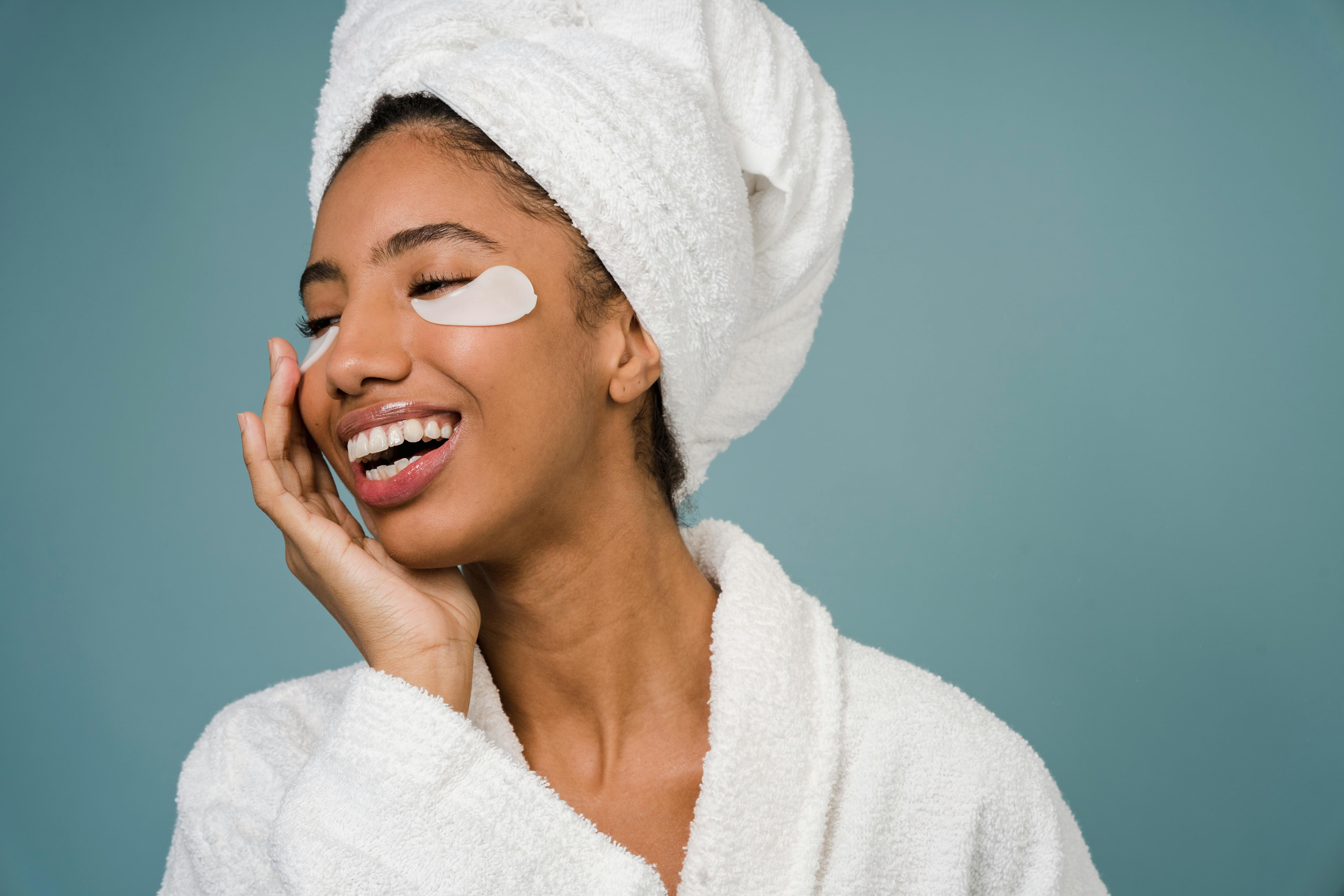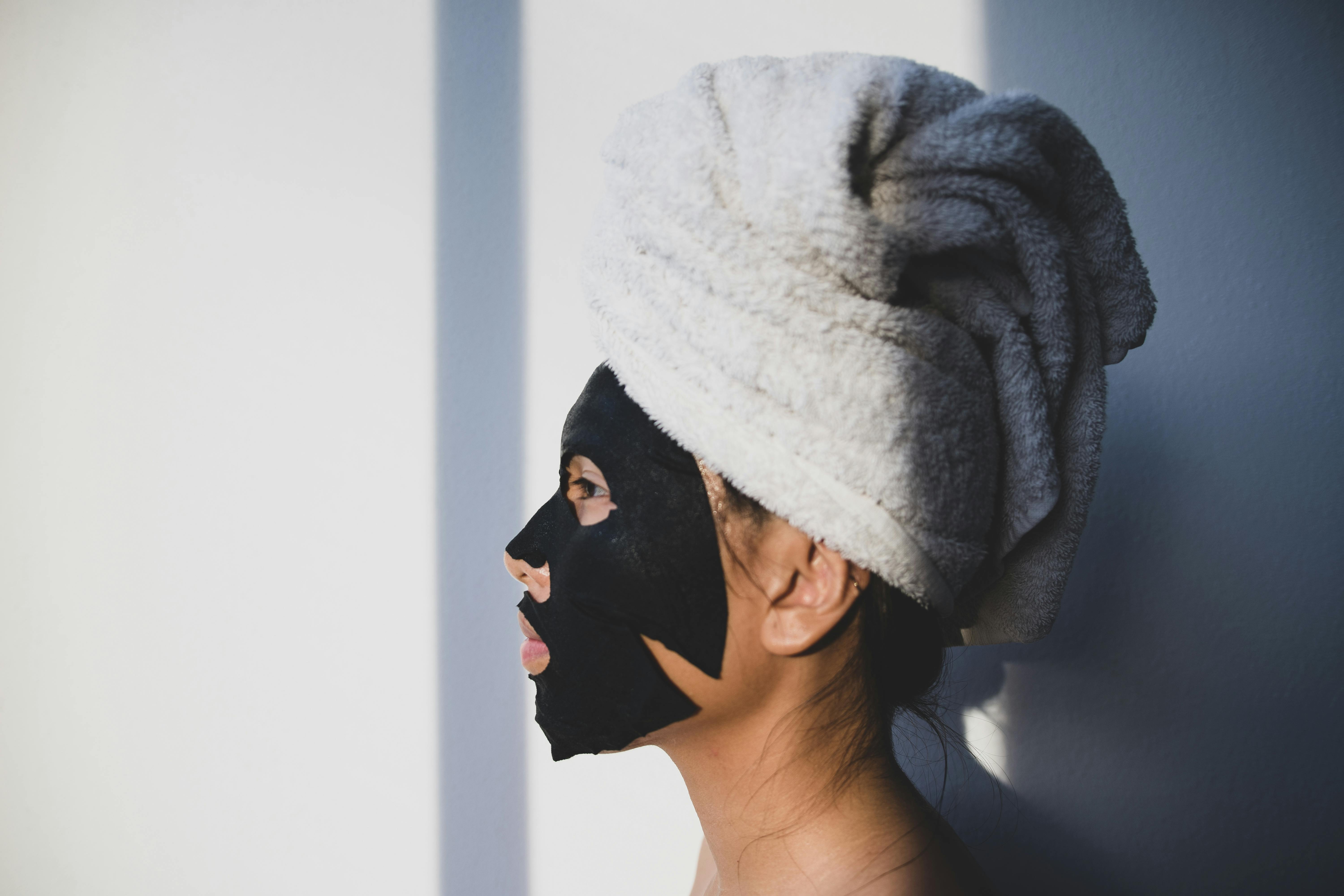
A creative writer with a voracious appetite for fashion, beauty,…
Aging is inevitable. But what about how our skin responds to time? That’s something we can influence. Anti-aging facials have become a go-to solution for those looking to maintain a youthful glow without resorting to invasive procedures. But do they really work, and when is the right time to start? As skincare science advances, so do the treatments designed to combat fine lines, wrinkles, and dullness. Let’s explore whether these facials live up to the hype and how they fit into a well-rounded skincare routine.
An anti-aging facial is a targeted skincare treatment designed to slow down visible signs of aging and restore a youthful complexion. Unlike standard facials that focus on cleansing and hydration, these treatments go a step further, stimulating collagen production, enhancing skin elasticity, and deeply hydrating to minimize wrinkles, fine lines, and sagging. Advanced techniques such as microdermabrasion, chemical peels, LED therapy, and collagen-infused masks work synergistically to rejuvenate the skin. The result? A refreshed, radiant glow with both immediate hydration and long-term anti-aging benefits.
The shift toward preventative beauty: Why anti-aging facials are on the rise
The rise of social media, influencer-driven skincare trends, and a growing emphasis on preventative beauty have all fueled the popularity of anti-aging facials. More people are investing in skincare earlier, viewing facials as a proactive form of self-care rather than just a reactive measure against aging.
As the beauty industry shifts toward non-invasive solutions, these treatments offer the perfect balance—powerful enough to deliver visible results yet gentle enough to avoid drastic changes. Beyond their skincare benefits, facials also provide a sense of relaxation, stress relief, and a confidence boost, making them a sought-after ritual for many.
When should you start an anti-aging facial treatment?

The notion that anti-aging treatments are reserved for those in their 40s or 50s is outdated. In reality, prevention is key. Skincare experts often recommend incorporating anti-aging facials as early as your mid-20s or early 30s to preserve skin elasticity and delay premature aging.
This doesn’t mean diving into intense treatments right away. Instead, focusing on hydration, gentle exfoliation, and collagen-boosting facials can lay the foundation for long-term skin health. And for those noticing early signs of aging, such as fine lines, dullness, or a slight loss of firmness, introducing targeted treatments can help maintain a youthful, radiant complexion for years to come.
See the factors affecting the effectiveness of this facial treatment
The effectiveness of anti-aging facials depends on several factors, including the type of treatment, the ingredients used, and how consistently they’re performed. Facials infused with powerhouse ingredients like retinol, hyaluronic acid, peptides, and antioxidants can enhance skin renewal and protect against oxidative stress. Meanwhile, advanced treatments such as microcurrent facials help tone facial muscles, while chemical peels accelerate cell turnover, unveiling fresher, more radiant skin.
While no facial can completely halt the aging process, regular sessions can significantly improve skin texture, boost hydration, and soften the appearance of fine lines and wrinkles. However, results vary based on skin type, lifestyle, and genetics, and no facial can replace the importance of a well-rounded daily skincare routine.
Anti-aging facials vs. other treatments: How do they compare?

When comparing anti-aging facials to more intensive skincare treatments like Botox, fillers, or laser resurfacing, the key differences lie in invasiveness and longevity. Anti-aging facials offer gradual, natural-looking improvements with no downtime, making them an appealing choice for those seeking a non-invasive approach. In contrast, injectables and laser treatments deliver more immediate, dramatic results but often come with a higher price tag and potential side effects.
That said, facials can be an excellent complementary treatment for individuals using medical-grade skincare or undergoing other anti-aging procedures, as they help maintain and enhance results over time. However, for those dealing with deep wrinkles or significant volume loss, facials alone may not be enough to achieve the desired level of rejuvenation.
Potential drawbacks to this treatment

While anti-aging facials offer numerous benefits, they do come with a few drawbacks. One key consideration is that results are not permanent—regular sessions are necessary to maintain visible improvements. Additionally, certain treatments, such as chemical peels or microneedling, may cause temporary redness, irritation, or peeling, particularly for those with sensitive skin.
Cost is another factor to keep in mind. High-quality facials that incorporate advanced ingredients and technology can be expensive, making them an ongoing investment rather than a one-time fix. Furthermore, not all facials are created equal—some may lack clinically proven ingredients or be too harsh for specific skin types. To minimize risks and maximize benefits, it’s crucial to choose a reputable esthetician and tailor treatments to individual skin needs.
Debunking the Myths: Do Anti-Aging Facials Really Work?
As with any beauty treatment, anti-aging facials face their fair share of skepticism. Some dermatologists argue that while facials offer temporary improvements, such as increased hydration and a refreshed complexion, they don’t fundamentally alter the skin’s aging process the way prescription-strength skincare or dermatological procedures can.
Additionally, certain treatments spark debate. Oxygen facials, for example, claim to infuse the skin with oxygen for a youthful glow, yet scientific evidence supporting their long-term efficacy remains limited. However, many skincare enthusiasts swear by regular facials as part of a holistic regimen, believing that professional treatments, when combined with a strong at-home routine, deliver the best long-term results.
In conclusion
For those seeking a non-invasive way to refresh their skin and maintain a youthful glow, anti-aging facials can be a valuable addition to any skincare routine. While they’re not a quick fix, and consistency is key, they can significantly enhance skin hydration, texture, and elasticity over time. Their effectiveness ultimately comes down to managing expectations—while they won’t erase deep wrinkles overnight, they can help keep skin looking smoother, fresher, and more radiant for longer.
Featured image: @diorbeauty/Instagram
For the latest in fashion, lifestyle, and culture, follow us on Instagram @StyleRave_
—Read also
A creative writer with a voracious appetite for fashion, beauty, lifestyle and culture. As one who's passionate about the advancement of the woman, creating content that inspire smart style and living, and positive lifestyle changes is a calling I take seriously. At Style Rave, we aim to inspire our readers by providing engaging content to not just entertain but to inform and empower you as you ASPIRE to become more stylish, live smarter and be healthier. Follow us on Instagram @StyleRave_ ♥






